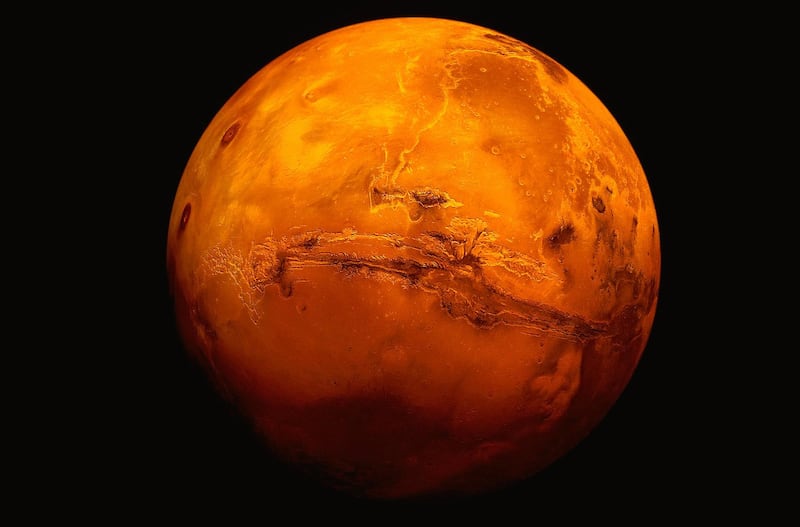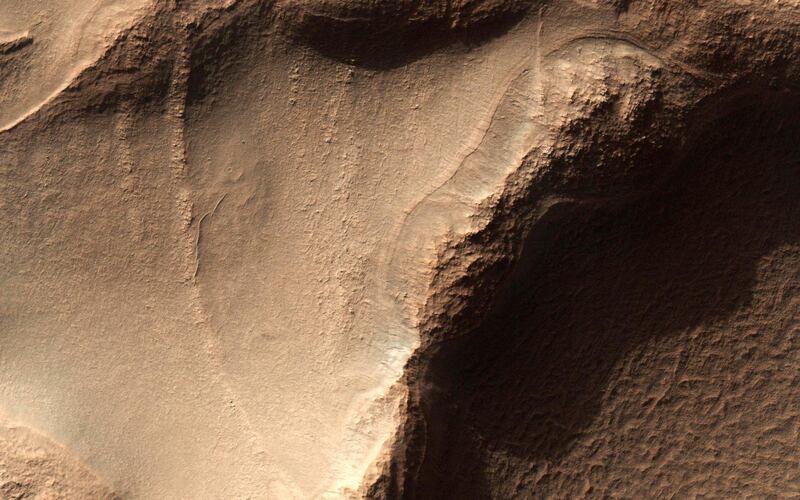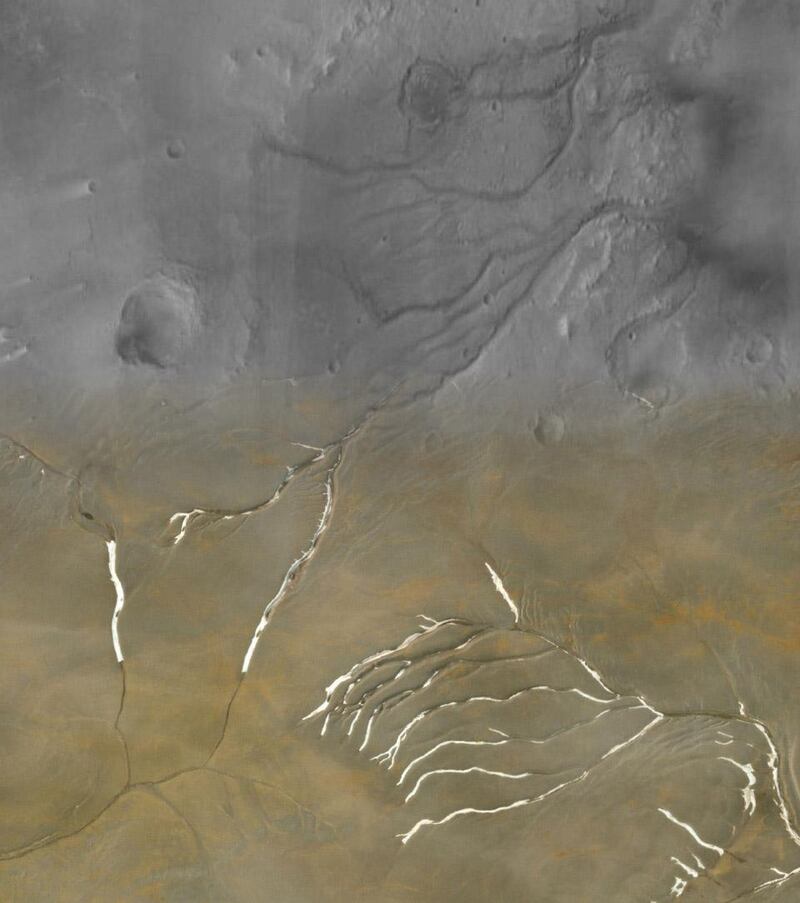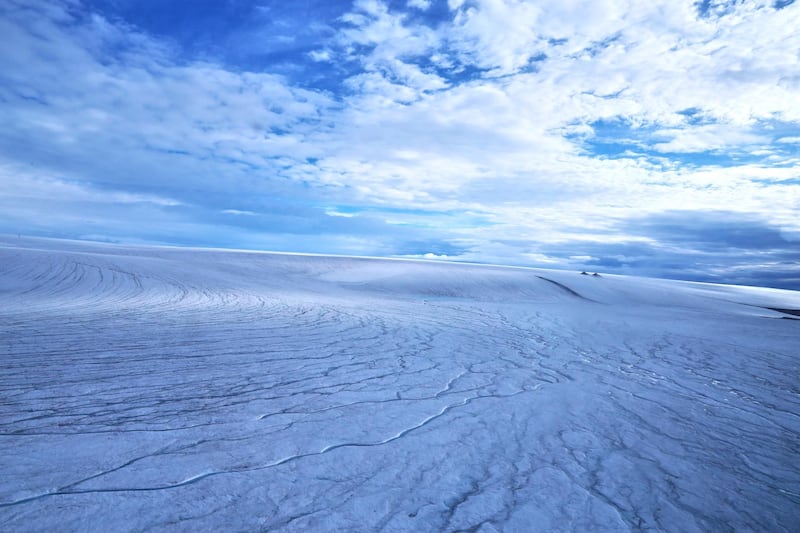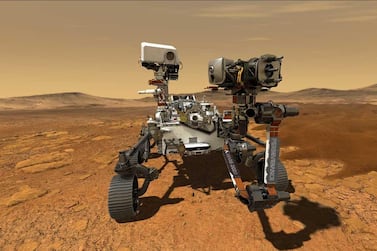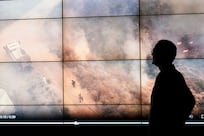New research out of NYU Abu Dhabi will help find ways to ensure humans can survive the long journey to Mars and colonise the planet.
The study looks into the amount of radiation each human organ could be exposed to in long-term space missions.
One of the main hurdles of colonising Mars is the dangerous levels of radiation astronauts would be exposed to during the seven-month journey and while on the surface of the planet, which has an extremely thin atmosphere and makes humans vulnerable to life-threatening levels of radiation.
“We have looked at long-term space missions, for example missions to Mars. What we found was that these doses of radiation are similar to what cancer patients undergo during radiation therapy,” said Dr Dimitra Atri, an astrophysicist at the Centre for Space Science at the university, and the one leading the study.
Colonising Mars has been a goal for the global space sector for years. SpaceX billionaire Elon Musk has said he would like to propel humans to the Red Planet within our lifetimes while the UAE has revealed plans to build an entire city on Mars by 2117. The colony would study the mysterious planet, which is said to have evidence of ancient life.
Astronauts on the International Space Station are exposed to some levels of radiation. The level is low, however, because they are protected as they remain under Earth’s protective bubble, the magnetosphere, which deflects solar particles that cause radiation.
Humans heading towards interplanetary space are directly exposed to galactic cosmic rays and solar radiation, such as solar winds, solar flares or coronal mass ejections – all of which contribute to the dangers of a deep-space mission involving humans.
“Imagine if an astronaut has to spend a few years living on the surface, it clearly exceeds the limit [of radiation the human body can endure]. In some cases the dose can be so high, it can kill human beings,” said Dr Atri.
He and his team have developed a numerical model of the human body, called Human Phantom, to measure the radiation dose each organ would be exposed to.
The findings, which will be published soon, could help with the development of shielding technologies needed to mitigate the risks of radiation.
Dr Atri said building an electromagnetic field that deflects charged particles will help block radiation.
Passive shielding, physical materials that block radiation, are used on the International Space Station, but these would be too thick and heavy for deep-space missions, according to Dr Atri.
Data from UAE’s Mars Hope probe will also add value to the team’s research.
The spacecraft, which will arrive at the Martian orbit in February, will study the relationship of the upper and lower atmosphere and answer unique questions on why the planet is losing its atmosphere.
UAE launches historic mission to Mars
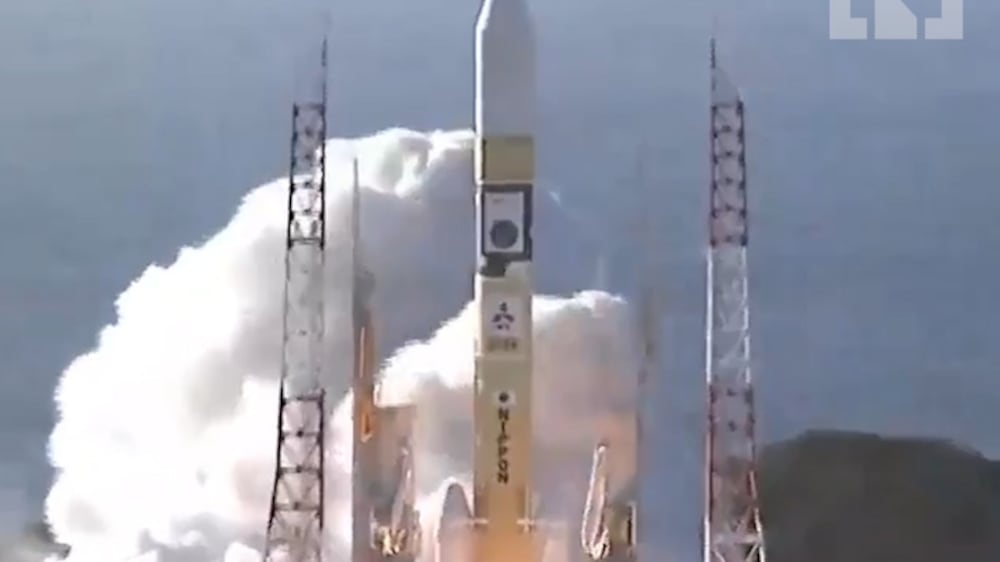
That data will be combined with that of Nasa's Curiosity Rover, which is gathering information from the surface of Mars using its radiation detector instrument.
“By studying observations of hope combined with the Curiosity’s detector, we can figure out how radiation propagates all the way down to the surface and that would help us better estimate radiation dose on the surface of mars,” said Dr Atri.
The team is also working towards developing a space biology laboratory that can simulate microgravity.
Once completed, experiments on microbial samples will be carried out, where they will be exposed to radiation. The results will be compared to samples from the International Space Station.
